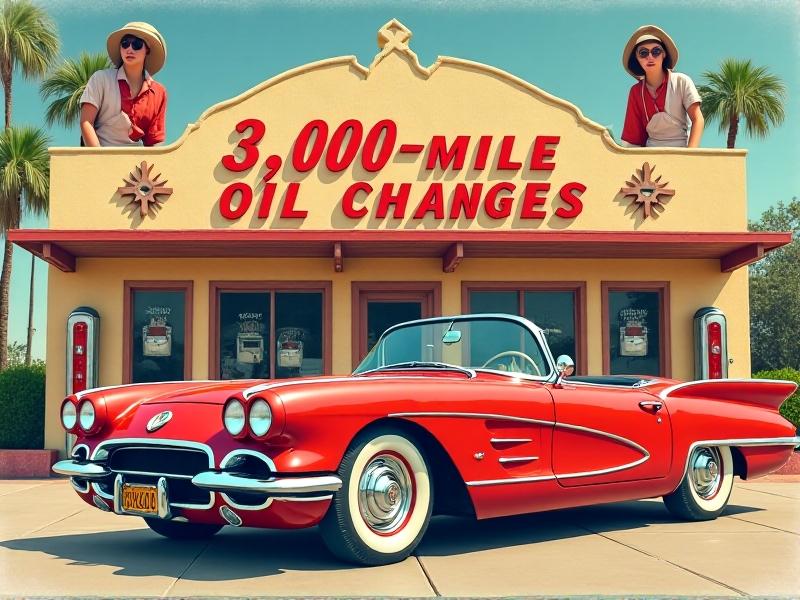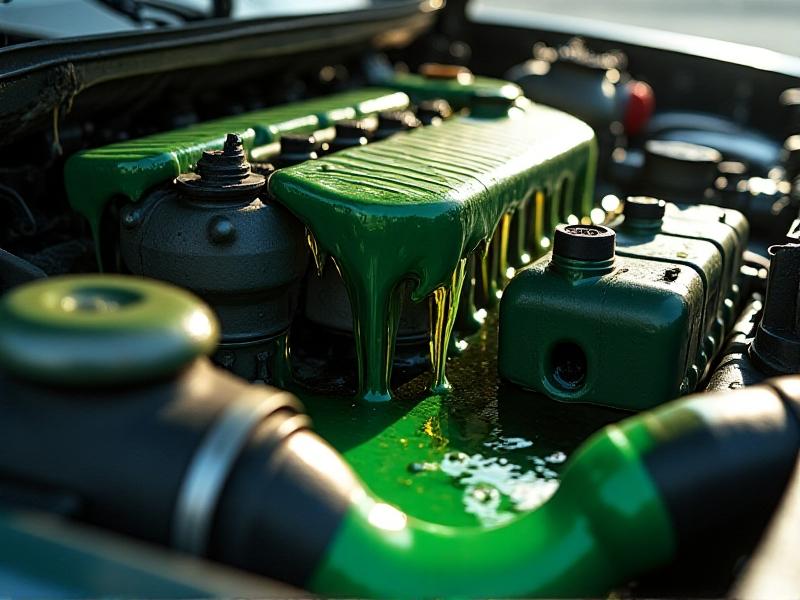```html
The Environmental Impact of Improper Automotive Fluid Disposal

Used automotive fluids—engine oil, coolant, brake fluid, and transmission fluid—are among the most common yet hazardous byproducts of vehicle maintenance. When disposed of incorrectly, these substances seep into soil, contaminate groundwater, and harm aquatic ecosystems. A single gallon of used motor oil can pollute one million gallons of water, creating long-term damage to wildlife and human health. Despite this, many DIY mechanics and even some repair shops still resort to dumping fluids down drains or tossing containers into regular trash. The consequences ripple far beyond individual actions, contributing to a cycle of environmental degradation that demands urgent attention.
Understanding Automotive Fluids: Types, Toxicity, and Recycling Potential

Not all automotive fluids are created equal. Engine oil, for instance, can be re-refined and reused indefinitely if properly collected. Coolant often contains ethylene glycol, a sweet-tasting poison dangerous to animals, but modern recycling systems can filter and repurpose it. Brake fluid’s hygroscopic nature means it absorbs moisture, complicating disposal, while transmission fluid’s complex additives require specialized processing. Recognizing these differences is critical: recycling programs and hazardous waste facilities tailor their methods to each substance’s chemical profile. By categorizing fluids correctly, individuals can ensure they enter the appropriate recycling streams, maximizing recovery rates and minimizing environmental risk.
Local Recycling Centers: How to Find and Use Them Effectively

Nearly 90% of U.S. residents live within 10 miles of a fluid recycling center, yet many remain unaware of these resources. Municipal websites and tools like Earth911’s database provide location-specific guidance. Before visiting, confirm accepted materials—some centers take oil but not coolant, while others handle all fluids. Prepare containers: use original bottles or sturdy jugs labeled clearly. Never mix fluids, as cross-contamination can render entire batches unrecyclable. Many centers offer free drop-off, and retailers like AutoZone or O’Reilly Auto Parts often partner with recycling programs, accepting fluids during business hours. This infrastructure turns a potential pollutant into raw material for industries like asphalt production or industrial lubricants.
DIY Mechanics: Best Practices for Safe Fluid Handling at Home

For those changing their own oil or flushing coolant, precautionary measures matter. Always work on impermeable surfaces like concrete rather than dirt or grass. Use absorbent mats or drip pans to catch spills, and store used fluids in leak-proof containers marked with contents and dates. Avoid food-grade containers to prevent accidental ingestion. Temporary storage should be in cool, ventilated areas away from ignition sources. Even small spills require immediate cleanup: kitty litter or commercial absorbents can solidify liquids before disposal. These steps not only protect the environment but also safeguard households from fire risks and toxic exposure.
Innovations in Fluid Recycling: From Re-Refined Oil to Coolant Reclamation
Advancements in filtration and chemical separation are revolutionizing fluid recycling. Re-refining oil now removes nearly 100% of impurities, yielding base stock comparable to virgin oil. Closed-loop coolant systems, popular in commercial fleets, continuously purify and reuse antifreeze, reducing waste by up to 90%. Startups are even exploring solvent extraction methods to recover precious metals from contaminated fluids. These technologies not only mitigate waste but also reduce reliance on crude oil extraction—re-refining one gallon of used oil saves 42 kWh of energy, enough to power a household refrigerator for a day.
Community Solutions: Swap Meets, Collection Events, and Eco-Drives
Grassroots initiatives are bridging gaps in formal recycling networks. Annual “tox-away” days in rural counties provide centralized drop-offs for scattered populations. Urban repair cooperatives host fluid swap meets, where unused portions of brake fluid or gear oil find new users. Schools and scout troops occasionally organize collection drives, educating participants while responsibly disposing of materials. Such programs foster environmental stewardship at the local level, proving that collective action can amplify individual efforts. Participation often sparks broader conversations about sustainability, inspiring changes beyond automotive care.
Legal and Ethical Considerations: Navigating Disposal Laws
Disposal laws vary widely: California mandates free oil recycling at retailers, while some states lack universal regulations. The federal Resource Conservation and Recovery Act (RCRA) classifies most used fluids as non-hazardous for households but categorizes commercial quantities as hazardous waste. Ethically, even where legal loopholes exist—like allowing limited quantities in landfills—choosing recycling reflects environmental responsibility. Penalties for illegal dumping can exceed $10,000 per violation, not including cleanup costs. Staying informed through state environmental agencies helps avoid infractions while aligning personal practices with ecological priorities.
The Future of Automotive Fluids: Biodegradables and Self-Sustaining Systems
Emerging alternatives aim to reduce disposal burdens from the start. Bio-based engine oils derived from canola or sunflower seeds degrade naturally if spilled. Electric vehicles, though not eliminating fluids entirely, use thermally stable coolants that last longer. Researchers are even developing “self-healing” fluids with nanoparticles that repair engine wear, extending change intervals. As these technologies mature, they’ll shift disposal from crisis management to preventive design—a fundamental reimagining of automotive maintenance’s environmental footprint.



